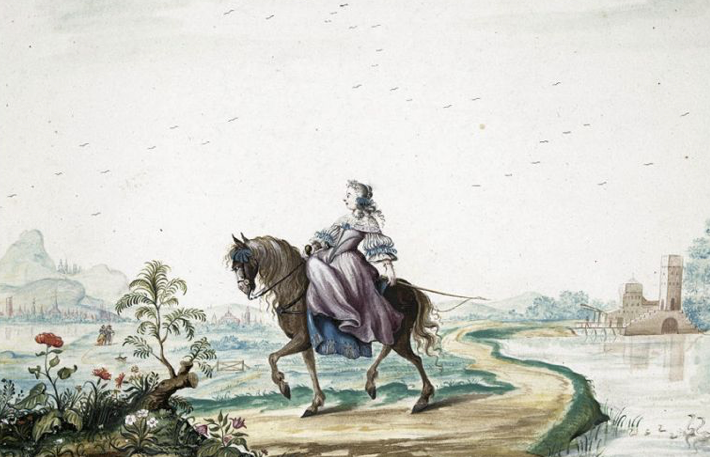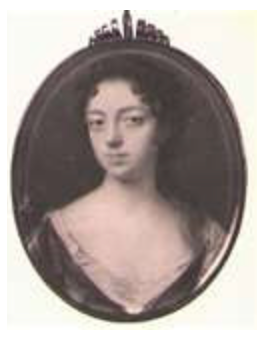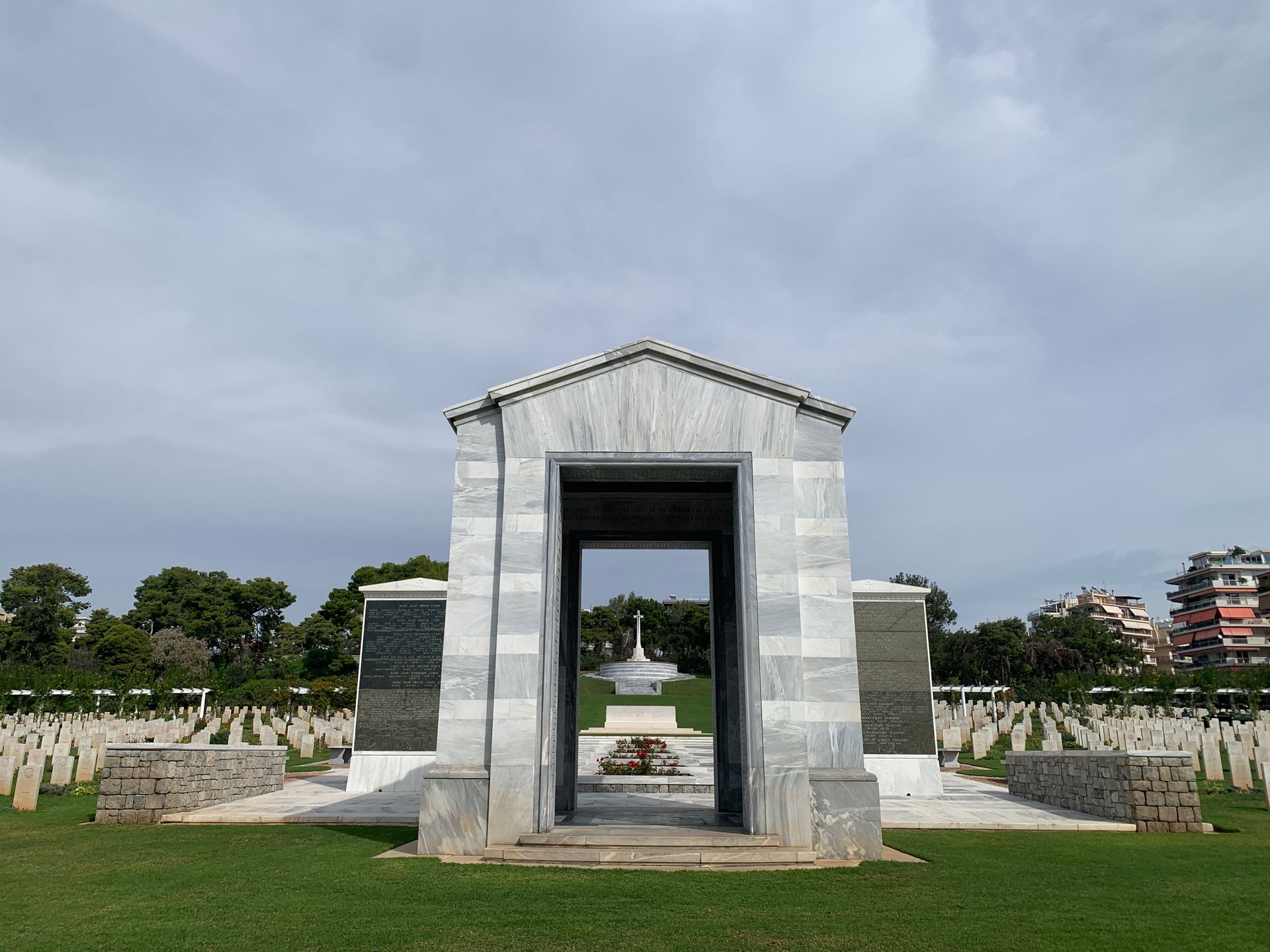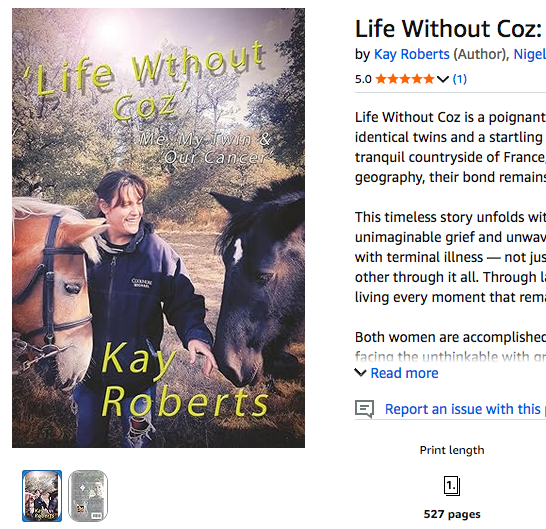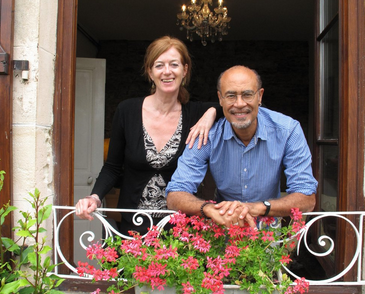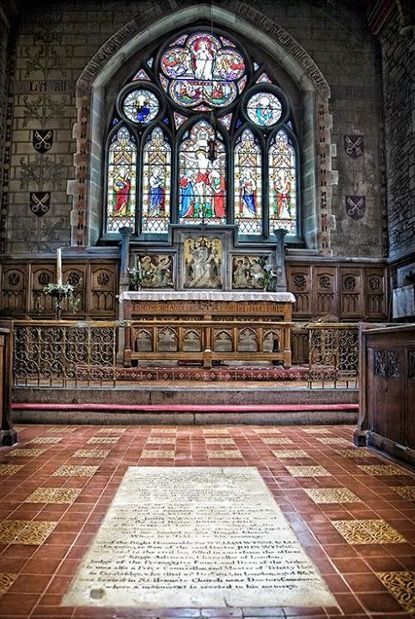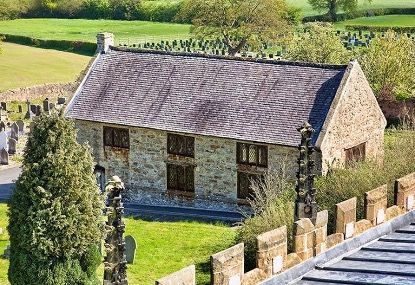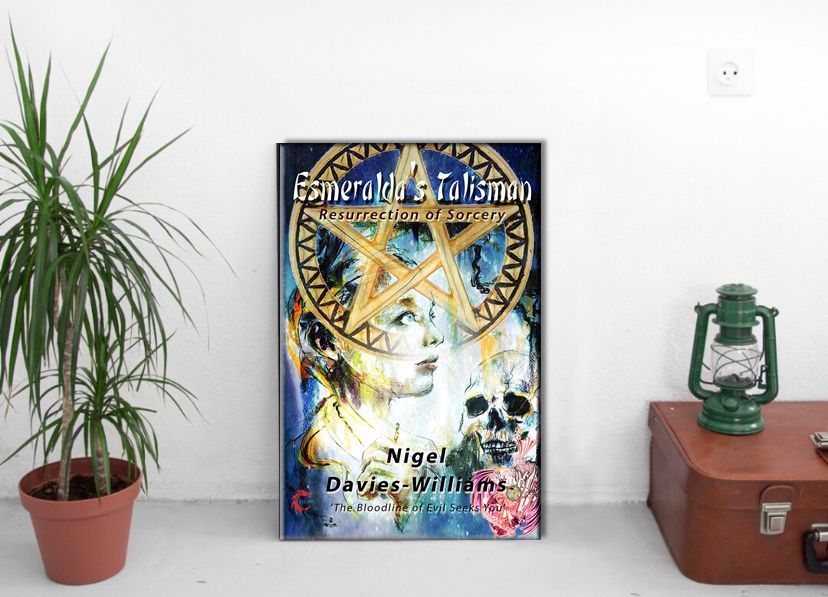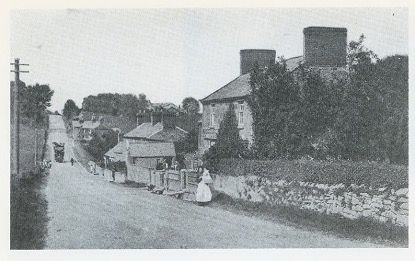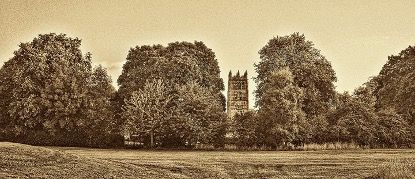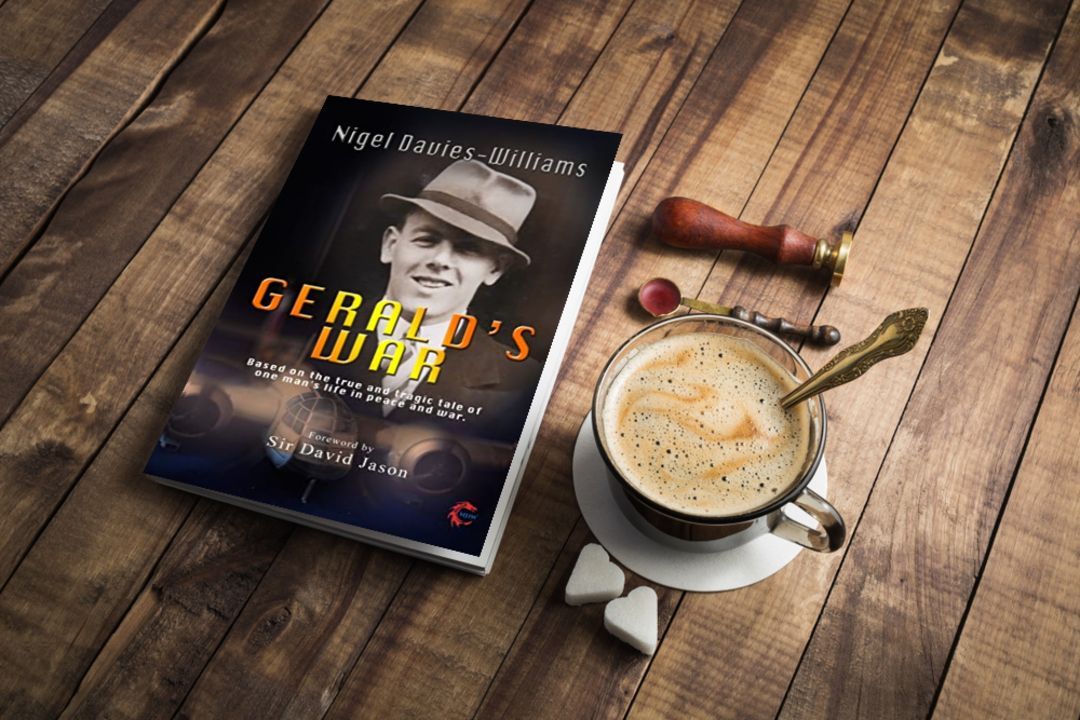On 5th October I wrote about the travels of Celia Fiennes, the ancestor of the modern explorer Ranulph Fiennes.
After visiting Flint she made her way to St. Winefride’s Well and the town of Holywell in Flintshire – she makes some interesting and rather disparaging comments about Holywell people too…
‘At Holly Well they speake Welsh; the inhabitants go barefoote and bare leg'd - a nasty sort of people.’
I think she would have been lynched had she made these comments openly to the people themselves.
Her description of The Well and its contemporary ‘hangers-on’ making money from the numerous visitors is great too. Her 1698 commentary on St Winefride’s Well and Holywell reads…
‘St Winfreds Well is built over with stone on Pillars like a tryumphall arch or tower on ye gates of a Church, there is a pavement of stone with in-round 3 sides of ye well which is joyn'd on ye fourth side by a great arch of stone which lies over ye water yet runs of from ye well; its many springs which bubbles up very fast and lookes cleane in a compass which is 8 square walled in with stone.
In ye bottom which you see as clear as chrystall are 9 stones layd in an oval on which are dropps of red coullour some almost quite covering the top of ye stone, which is pretended to be ye blood of this holy saint whose head was struck off here and so where her body laid this spring burst forth and remaines till now a very rapid current, which runs off from this well under a barre by which there are stone stepps for ye persons to descend which will bathe themselves in the well, and so they walke along ye streame to the other end and then come out, but there is nothing to shelter them but are exposed to all the company that are walking about ye well and to ye little houses and part of ye streete which runs along by it but ye Religeuse are not to mind it, it seemes the saint they do honour to in this place must beare them out in all things.
They tell of many lameness's and aches and distempers which are cured by it, its a cold water and cleare and runs off very quick so yet it would be a pleasant refreshment in ye summer to washe ones self in it, but its shallow, not up to ye waste so its not easye to dive and washe in, but I thinke I could not have been persuaded to have gone in unless I might have had curtains to have drawn about some part of it to have shelter'd from ye streete, for ye wett garments are no covering to ye body; but there I saw abundance of ye devout papists on their knees all round a well.
Poor people are deluded into an jgnorant blind zeale and to be pity'd by us yet have the advantage of knowing better and ought to be better.
There is some stones of a Reddish Coullour in ye well said to be some of St Winifred's blood also, which ye poore people take out and bring to ye strangers for Curiosity and Relicts, and also moss about ye bancks full of great virtue for everything.
But its a certaine gaine to ye poore people - every one gives them something for bringing them moss and ye stones, but lest they should in length of tyme be quite gather'd up they take care to replenish it dayly from some mossy hill and so stick it along ye sides of ye well - there is good streames runs from it and by meanes of steepe descent runs down and turns mills.
They come also to drinke of ye water which they take up in ye first square which is walled round and where the springs rise and they say its of wonder full operation.
Ye taste to me was but like good spring water which with wine and sugar and lemons might make a pleasant draught after walking amongst those shady trees of which there is a great many and some straight and tall like a grove but not very uniforme.‘
Celia Fiennes (1662 - 1741)
Born in 1662 in Newton Toney, Salisbury, Celia Fiennes was the daughter of a Colonel (Nathaniel Fiennes) in Cromwell’s army. What sets her apart is her remarkable journeys across nearly every county in England and Wales, accompanied only by two servants, riding side-saddle. While her primary motivation was to improve her health, she also sought personal adventure. Her detailed accounts of her travels were written after her expeditions had mostly concluded, around 1702. In her writings, she vividly depicted the grandeur of the houses she visited and the emerging industries of the time.
#StWinefride #StWinefridesWell #Lourdes #LourdesofWales #amwriting #readerscommunity #legend

